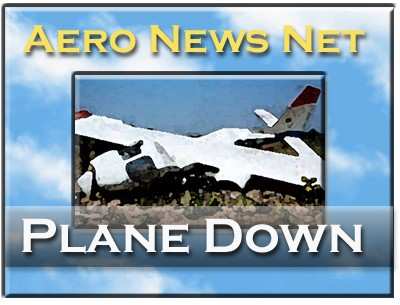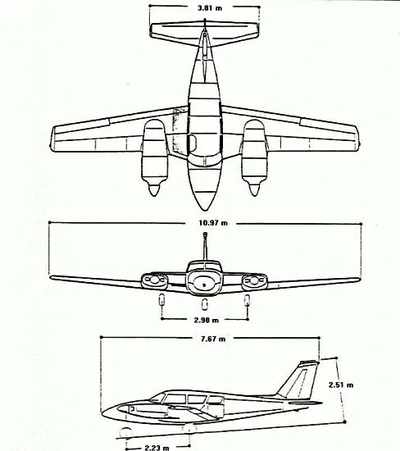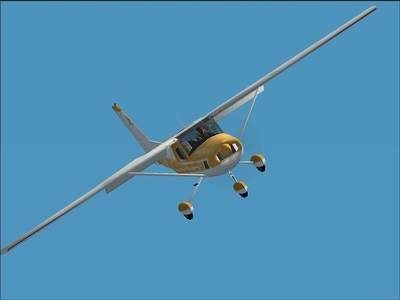Twin Commanche Told To Descend By Controller
A mid-air collision Saturday over the Everglades has claimed two
pilots and has triggered an investigation by the National
Transportation and Safety Board into how the accident happened.
NTSB Investigator Paul Cox flew to the crash scene mid-day Sunday,
said Peter Knudson, a spokesman for the safety board. An inspector
from the Federal Aviation Administration will assist him, Knudson
said, according to the South Florida Sun Sentinel.

One of the aircraft was a 1964 Piper Twin Comanche (illustration
below) on a flight plan from Ocala to Pompano Beach Air Park, and a
Miami approach controller was giving the plane directions to the
airport when the mid-air occurred. A student pilot was reputedly in
the second plane, a Cessna 152. Jeff Rozelle, owner and manager of
Rohan Aviation said he left Lantana Airport on his way to Fort
Lauderdale Executive Airport.
An air traffic controller instructed the Piper to descend to
2,000 feet and advised the pilot that there were other aircraft
nearby, according to Jim Marinitti of the National Air Traffic
Controllers Association.

The controller was described as 'moderately busy' and made radio
calls to a few other aircraft. Then he heard a "conflict alert" at
his work station, warning him of two aircraft approaching minimum
separation.
The controller was going to radio the Twin Comanche, just when
both planes disappeared from the screen. Cox will examine the
wreckage, taking photographs, getting air traffic control tapes and
maintenance records. Knudson said the final outcome of the
investigation won't be known for a year.
This weekend's mid-air collision is the seventh prop-plane
accident this year in South Florida, more than doubling the number
last year. This accident is the fourth midair collision of general
aviation aircraft over South Florida, since 2000.
The Palm Beach County Sheriff's Office said that they along with
other agencies found wreckage about 3:30 p.m. along the Broward
County line. Investigators determined the impact of the planes
killed everyone on board.
"The planes are underwater," Palm Beach County Fire-Rescue Capt.
Don DeLucia said. "There is no chance of survivors."
"It's a textbook problem with the Comanche. It's a low wing
aircraft, and he doesn't have total visual reference of everything
below it," Rozelle said. "The Cessna (illustrated below) is a high
wing, and he doesn't have visual reference on a wing descending on
top. No one sees each other."

The Piper is registered to Harry Duckworth, 56, of Waverly,
Penn. Family members confirmed that Duckworth flew his plane
Saturday the Pompano Beach area. Several of Duckworth's friends and
family said he was a safety oriented pilot, the kind who would
double-check that everyone had on seat belts and that his GPS
systems were in order.
"It's always a nice smooth ride, as nice as he could make it,"
Smith said. "He always made sure everything was perfect. He could
take that airplane apart and rebuild it with his eyes closed."
Duckworth, who had learned to fly from his father, had been
flying for about 40 years, his family said.
 NTSB Final Report: Cozy Cub
NTSB Final Report: Cozy Cub ANN FAQ: Contributing To Aero-TV
ANN FAQ: Contributing To Aero-TV Classic Aero-TV: Seated On The Edge Of Forever -- A PPC's Bird's Eye View
Classic Aero-TV: Seated On The Edge Of Forever -- A PPC's Bird's Eye View ANN's Daily Aero-Linx (04.29.25)
ANN's Daily Aero-Linx (04.29.25) ANN's Daily Aero-Term (04.29.25): Execute Missed Approach
ANN's Daily Aero-Term (04.29.25): Execute Missed Approach





